Balance Vehicle Suspension for Optimal Ride Quality

The vehicle suspension system is a complex interplay of components that translates road forces into…….
In the realm of automotive engineering, the vehicle suspension system stands as a cornerstone, ensuring a smooth ride, optimal handling, and safety for passengers. This intricate network of components is responsible for connecting a car’s chassis to its wheels, enabling it to navigate roads with varying surfaces and conditions. The modern suspension system is a marvel of design and technology, balancing comfort, performance, and structural integrity. This article aims to delve into the depths of this essential automotive component, exploring its evolution, global impact, technological innovations, and the challenges it faces in an ever-changing industry.
Definition: A vehicle suspension system is a critical mechanical arrangement designed to support the weight of a vehicle, absorb road shocks, and maintain wheel contact with the ground during motion. It facilitates smooth travel over uneven terrain while ensuring stability and control.
Key Components:
Historical Context: The concept of a suspension system dates back to the late 19th century when inventors sought ways to improve ride comfort in horse-drawn carriages. Early designs included leaf springs and solid axles. With the advent of automobiles, early engineers adapted these principles to create rudimentary suspension systems. Significant advancements came in the 20th century, driven by safety concerns, better materials, and performance requirements. Independent front suspension (IFS) and multi-link rear suspensions became popular for their superior handling and ride quality.
Significance: The primary functions of a vehicle suspension system are:
The global vehicle suspension system market is influenced by factors such as increasing vehicle production, rising consumer demand for comfort and safety, and stringent government regulations. According to a recent report by Market Research Future (MRFR), the market is projected to reach USD 74.1 billion by 2025, growing at a CAGR of 6.3% from 2019 to 2025.
Regional Analysis:
Trends Shaping the Industry:
Market Dynamics: The vehicle suspension system market is characterized by intense competition among global automotive suppliers. Key players include Continental, Bosch, Magna, and TRW Automotive. The market is segmented based on vehicle type (passenger cars, commercial vehicles), suspension type (independent front/rear, solid axle), and region.
Investment Patterns: Major automakers invest heavily in research and development to create proprietary suspension systems that offer improved performance and fuel efficiency. These investments drive technological advancements and shape industry trends.
Economic Impact:
Adaptive Suspension Systems: One of the most significant technological breakthroughs is the development of adaptive suspension systems. These use sensors and ECUs to automatically adjust spring and damping settings based on road conditions and vehicle behavior. Adaptive systems enhance safety, comfort, and handling in all types of terrain.
Active Suspension: Active suspension systems go a step further by using electric motors and actuators to actively control wheel movement. This technology, seen in high-performance cars, allows for precise control over body roll, pitch, and heave, offering unparalleled handling and stability.
Skyhook Technology: This advanced control algorithm allows drivers to fine-tune suspension settings, optimizing performance for various driving conditions. Skyhook technology is commonly used in race cars and high-performance street vehicles.
Wireless Communication and Sensors: The integration of wireless communication and advanced sensors enables real-time data transfer and suspension tuning. This technology improves system responsiveness and efficiency, contributing to better ride quality and handling.
Future Innovations: Researchers are exploring areas like:
Government regulations play a crucial role in shaping the vehicle suspension system industry, primarily focusing on safety, environmental impact, and fuel efficiency.
Safety Standards: Organizations like NHTSA (National Highway Traffic Safety Administration) and Euro NCAP (European New Car Assessment Programme) set minimum safety requirements for suspensions, ensuring that vehicles can withstand severe accidents.
Emission Norms: In response to climate change concerns, governments worldwide have implemented stricter emission regulations. These norms encourage automakers to design lightweight suspension systems that reduce overall vehicle weight, thereby improving fuel efficiency.
Recall and Compliance Programs: Major recalls due to suspension-related issues highlight the importance of robust quality control and regulatory compliance. Companies must ensure their suspension systems meet stringent standards to avoid costly recalls and legal consequences.
Despite significant advancements, the vehicle suspension system industry faces several challenges that impact its development and adoption:
Proposed Solutions:
Case Study 1: Tesla Model S and Adaptive Air Suspension
Tesla’s flagship sedan, the Model S, features an advanced air suspension system that delivers exceptional ride quality and handling. The adaptive air suspension uses electronic controls to adjust spring rates and dampening in real time, providing a smooth ride at high speeds and improved cornering precision. This system contributes to Tesla’s reputation for delivering premium driving experiences while ensuring safety and stability.
Case Study 2: Mercedes-Benz Active Suspension (AVS)
Mercedes-Benz introduced the Active Suspension (AVS) in its high-performance S-Class models. AVS uses electric actuators to control each wheel’s suspension independently, allowing for precise body roll control during cornering. This system enhances both comfort and handling, setting a new benchmark in luxury vehicle dynamics. The success of AVS has led Mercedes to incorporate similar technology across their range, showcasing the impact of advanced suspension systems on premium car markets.
Case Study 3: Volvo’s City Safety and Suspension Integration
Volvo Cars has been a pioneer in safety features, and its City Safety system is a great example of suspension integration. The system uses cameras and sensors to detect potential hazards, including pedestrians and animals. In critical situations, it can apply the brakes and steer to avoid or mitigate collisions. Volvo’s suspension system is tuned to work seamlessly with this active safety technology, ensuring optimal control during emergency maneuvers while maintaining passenger comfort.
The vehicle suspension system industry is poised for further growth and innovation, driven by several emerging trends:
Electric Vehicle (EV) Dominance: As the EV market expands, advanced suspension systems tailored for electric powertrains will become ubiquitous. The focus will shift towards quiet, smooth operation and precise handling, catering to the unique dynamics of electric vehicles.
Autonomous Vehicles and Advanced Control Systems: Self-driving cars will rely heavily on sophisticated suspension systems that can react swiftly to changing road conditions. Skyhook technology and AI integration will play a pivotal role in ensuring safe and comfortable autonomous driving experiences.
Modular and Customizable Designs: Manufacturers are expected to offer more modular suspension systems, allowing customers to customize their vehicles’ handling characteristics according to their preferences and terrain requirements.
Sustainable Materials and Manufacturing: The industry will continue to explore eco-friendly materials and manufacturing processes to reduce environmental impact while meeting performance standards.
Global Market Expansion: Emerging markets in Asia and South America present significant growth opportunities, with increasing demand for modern vehicles and safety features.
The vehicle suspension system is a testament to human ingenuity and our relentless pursuit of enhanced mobility. From its humble beginnings as a simple solid axle to today’s advanced electronic control systems, it has evolved into a critical enabler of modern automotive technology. As we move forward, the industry must navigate challenges related to cost, environmental sustainability, and regulatory compliance while embracing technological advancements.
The future holds immense potential for innovation, with electric vehicles, autonomous driving, and personalized mobility shaping the landscape. Suspension systems will continue to play a pivotal role in ensuring safety, comfort, and handling, ultimately contributing to a more sustainable and efficient transportation network. By addressing challenges and leveraging emerging trends, the vehicle suspension system industry can unlock new frontiers in automotive engineering, revolutionizing how we experience the roads ahead.
Q: What is the primary function of a vehicle suspension system?
A: The primary role is to support the weight of the vehicle, absorb road shocks, and maintain wheel contact during motion, ensuring a smooth ride, optimal handling, and safety.
Q: How do I know if my car needs new suspension parts?
A: Signs include excessive body roll, uneven tire wear, poor handling, or a rough ride. Regular maintenance checks can help identify issues early.
Q: What are the benefits of an independent suspension system over a solid axle?
A: Independent suspensions offer better cornering abilities, improved ride comfort, and reduced body roll, providing enhanced stability and control.
Q: Are there any environmental concerns related to vehicle suspension systems?
A: Yes, production processes and waste management are key areas of concern. The industry is exploring sustainable materials and eco-friendly manufacturing to minimize environmental impact.
Q: How do adaptive suspension systems improve safety?
A: They use sensors and ECUs to automatically adjust settings, ensuring optimal performance on various road surfaces. This enhances traction, stability, and control, reducing the risk of accidents.

The vehicle suspension system is a complex interplay of components that translates road forces into…….

The vehicle suspension system, comprising springs, struts, control arms, and shock absorbers, requir…….
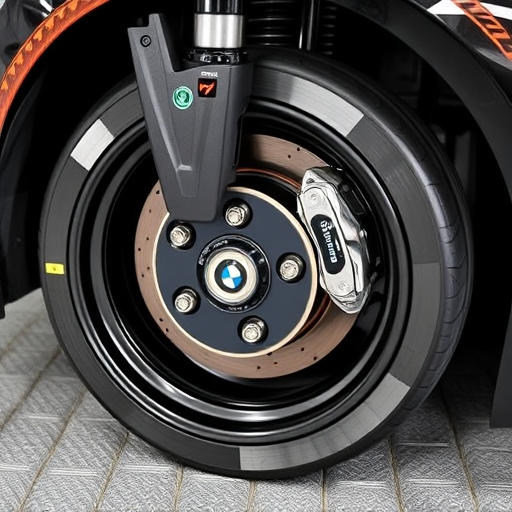
The vehicle suspension system connects wheels to the chassis, absorbs road impacts, and influences t…….
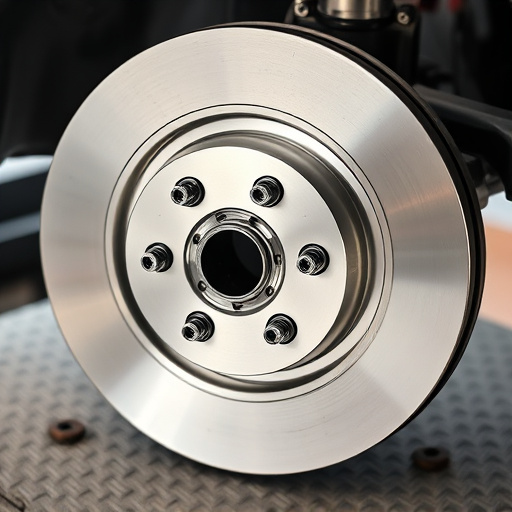
The vehicle suspension system is critical for passenger comfort and vehicle handling. It absorbs roa…….
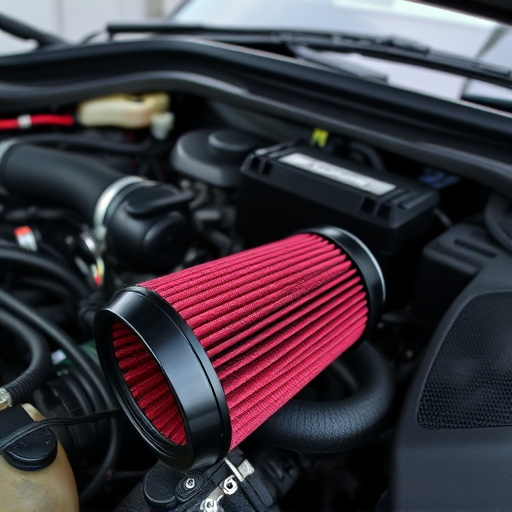
The vehicle suspension system, connecting chassis to wheels, is vital for comfort, stability, and pe…….
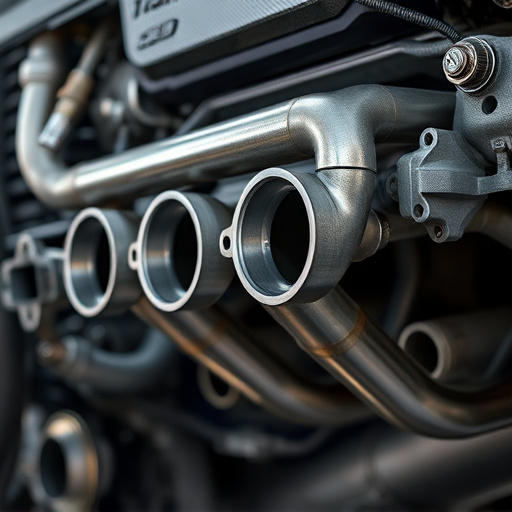
Regular inspections, visual checks, and proper maintenance, including cleaning and lubrication, are…….
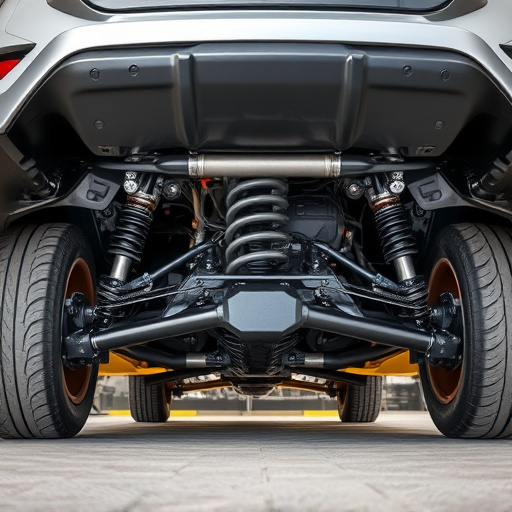
The vehicle suspension system, comprising springs, shocks, control arms, and ball joints, connects w…….
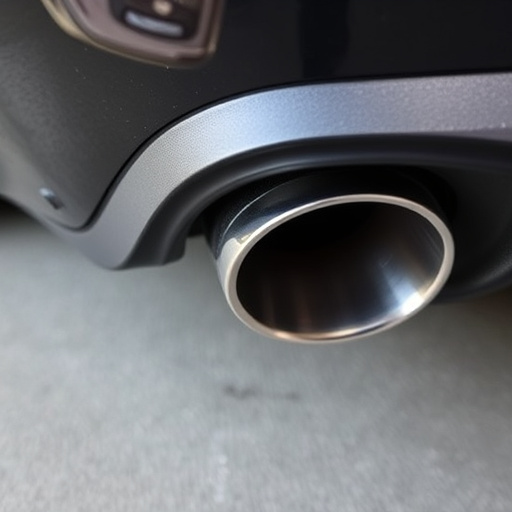
Advanced materials like carbon fiber and aluminum alloys are revolutionizing vehicle suspension syst…….
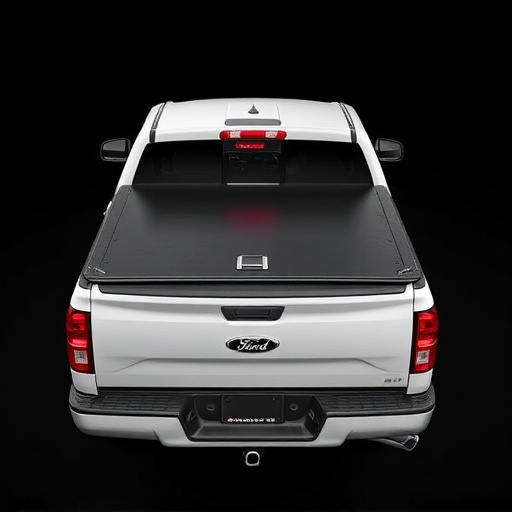
The vehicle suspension system is a complex interplay of springs, shock absorbers, and allied parts,…….